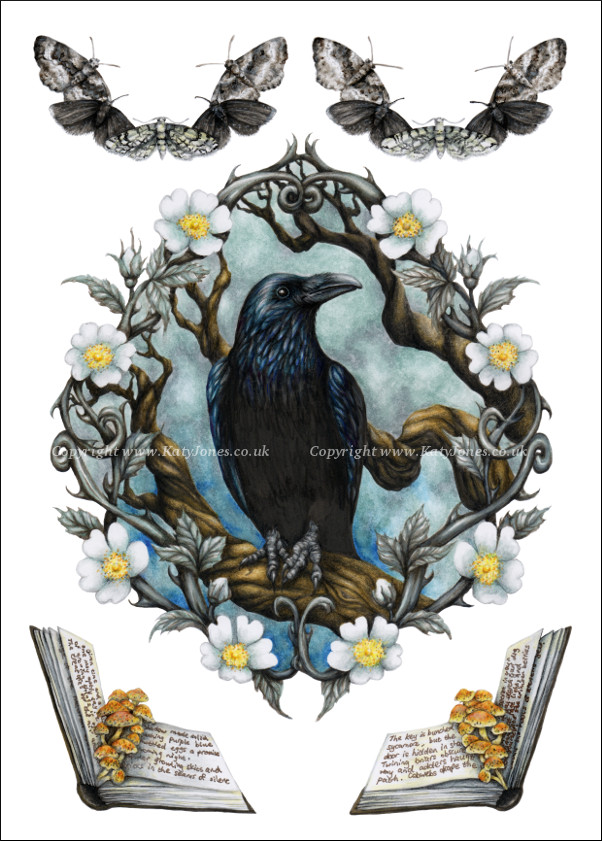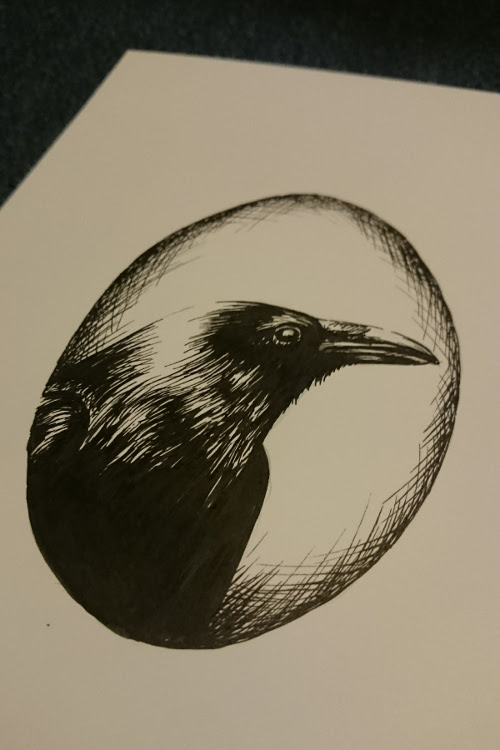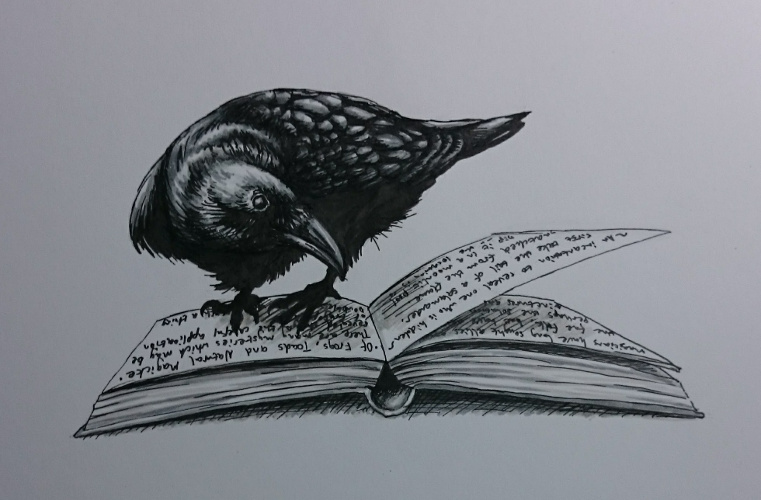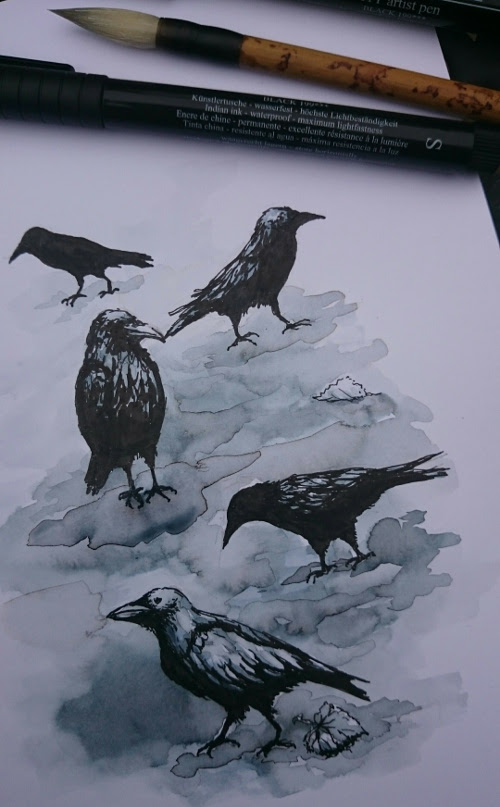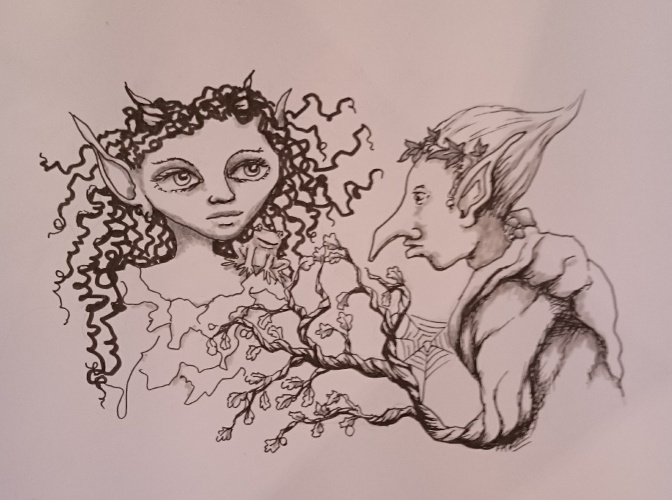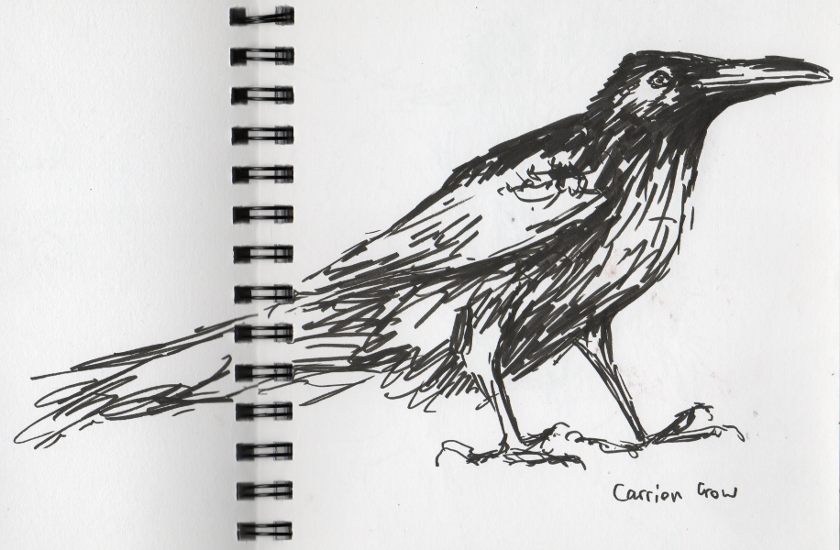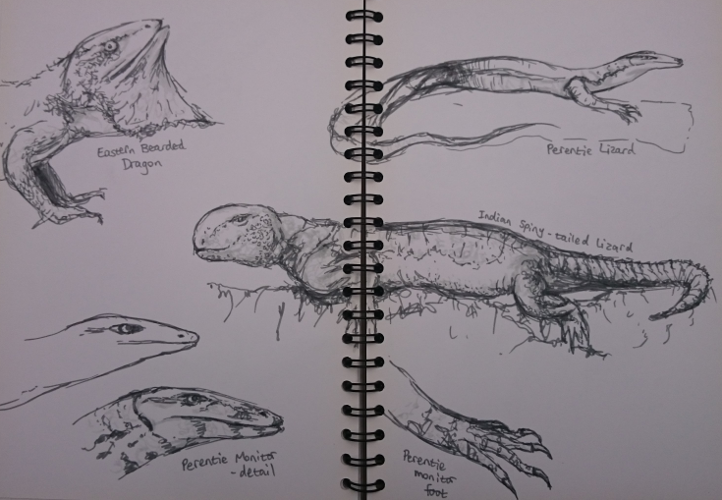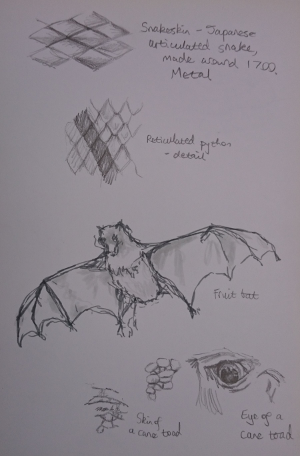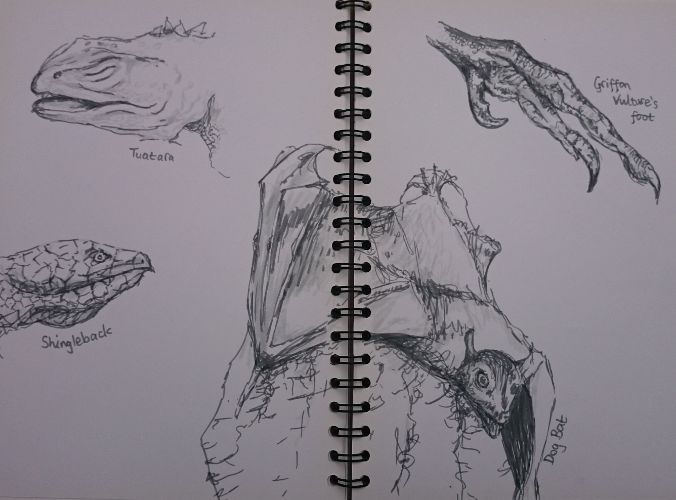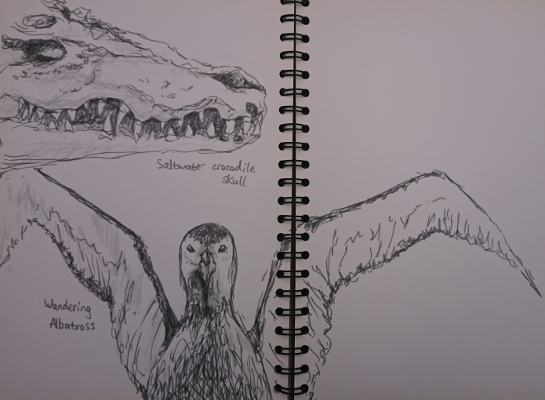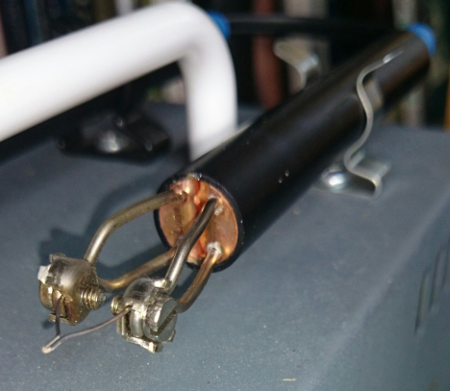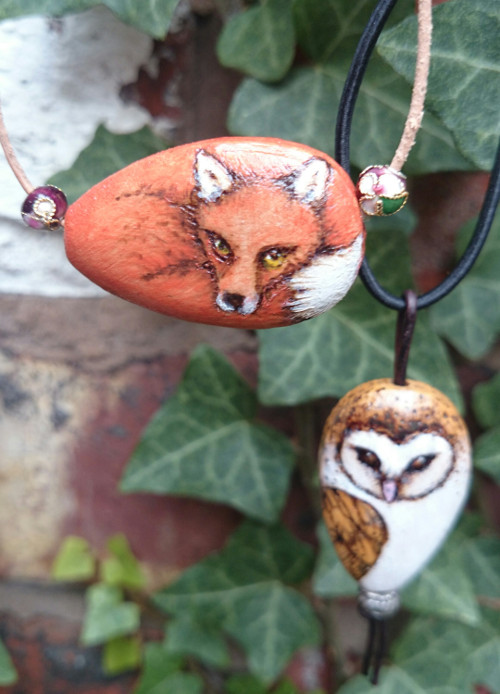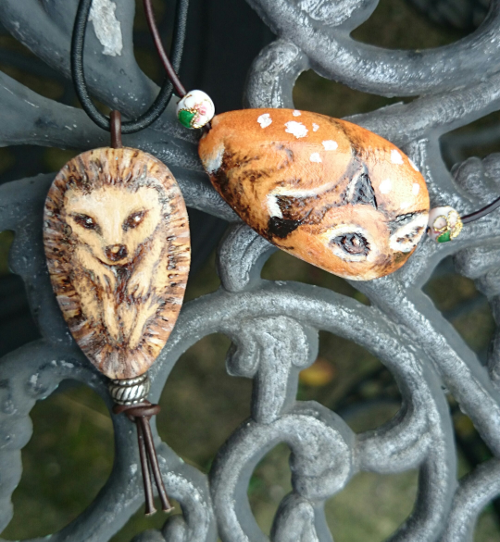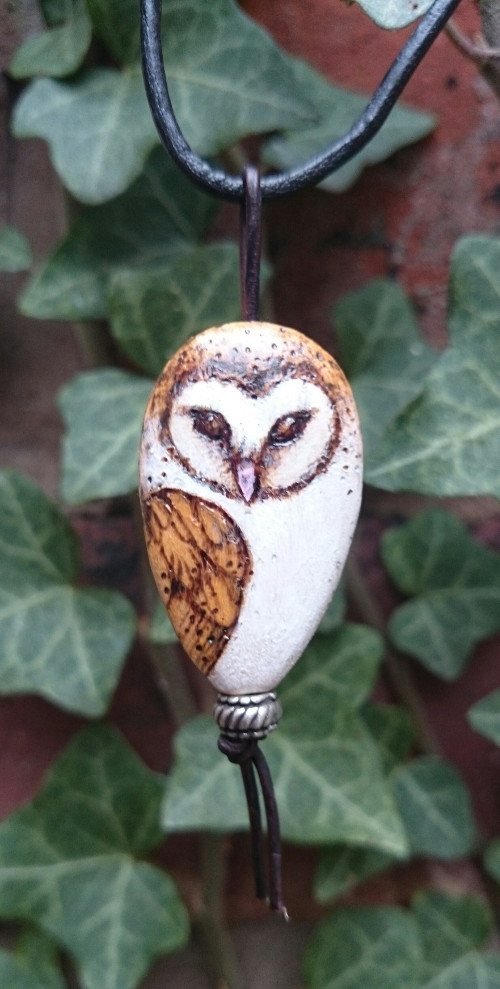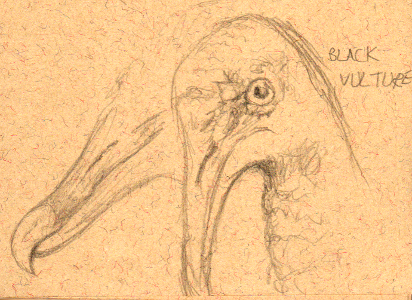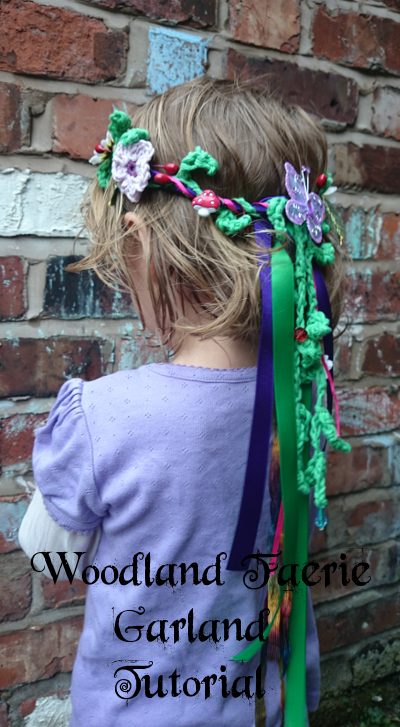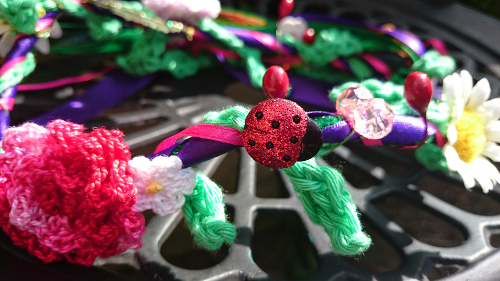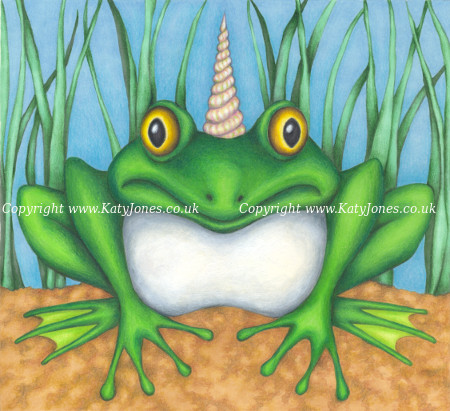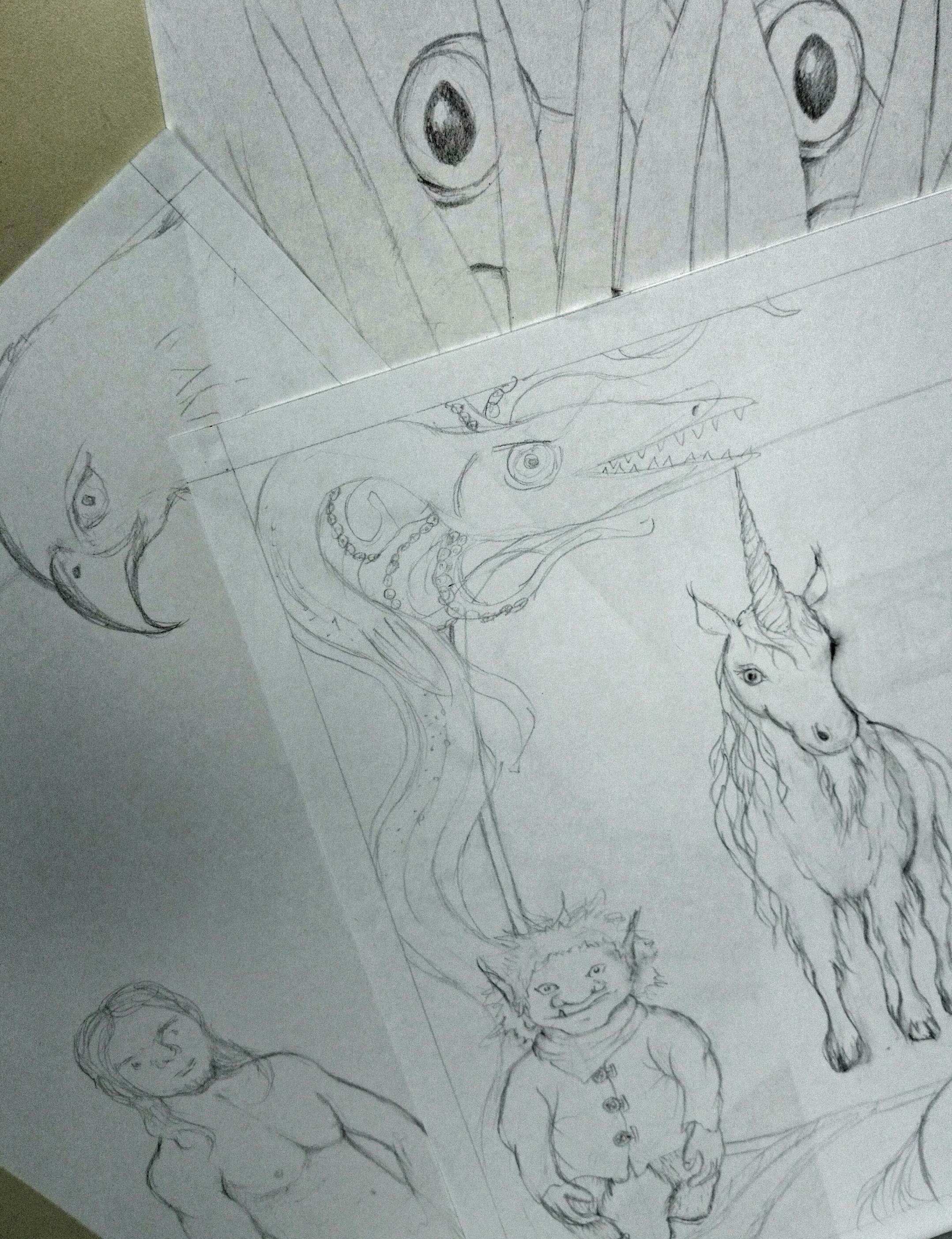To celebrate International Women’s Day 2017 I have teamed up with Victoria Delderfield, author of ‘The Secret Mother’. She has written a guest blog below, and we are giving away a copy of both our books over on Facebook. It’s dead easy – all you have to do to enter is ‘like’ the post and tell us the last book you read, and could recommend, by a female author.
My first (and, to date, only) novel was originally published back in  2004. I wanted to explore and express the ways in which sexism affects even privileged, middle-class, white women in the UK. In a world where children flee bombs, only to drown or disappear into the hands of traffickers – and in a country where thousands rely on food banks and people are hounded on their deathbeds over when they are returning to work – this seems like a pretty parochial concern. And maybe it would be, except that I was writing about a particular manifestation of a general problem – and this general problem puts half the world’s population at a disadvantage.
2004. I wanted to explore and express the ways in which sexism affects even privileged, middle-class, white women in the UK. In a world where children flee bombs, only to drown or disappear into the hands of traffickers – and in a country where thousands rely on food banks and people are hounded on their deathbeds over when they are returning to work – this seems like a pretty parochial concern. And maybe it would be, except that I was writing about a particular manifestation of a general problem – and this general problem puts half the world’s population at a disadvantage.
So, why are women at a disadvantage in the 21st Century? Why are women paid less than their male counterparts the world over? Why are women so much more likely to be the victims of male violence (including rape and homicide) than men are of female? Why are there so few women in positions of power (heads of state, parliamentarians, judges, CEOs, etc)? And why do so many people – female and male – fail to notice or concern themselves with any of this so much of the time?
A large part of the answer is, I think, the objectification of women. We are taught from birth to see men as the subjects, the active parties (the doers, the thinkers, the leaders, the observers) while women are seen as the objects of male actions (the victims, the subject of male thought, the led, the observed). From this perspective, women are not valued except as they relate to men. Legislation, working conditions and cultural norms are all unlikely to be created and seen from a female perspective when we are all taught to see the world, and ourselves, from a male point of view. The device I used to explore this in ‘The Freak and the Idol,’ was to have a male narrator, who is able almost to control the female characters by the way he defines and describes them. The narrator’s view is only challenged when the female characters begin to argue and answer back.
I have to say that in the thirteen years since my novel was first published, I don’t immediately see many improvements in women’s position in the world. Last year the USA knowingly elected a president who has boasted about sexually assaulting women, who regularly attempts to discredit women on the basis of their appearance and who refers to women as if they are male possessions, not people. His budget blueprint proposes eliminating all twenty-five of the Department of Justice’s violence against women grant programs and he has reinstated the ‘global gag rule.’ This will lead to reduced access to contraception for vulnerable women around the world and, ironically, to an increased number of abortions, many of which will be unsafe and will result in women’s deaths.
Meanwhile, in Russia, forty women a day die at the hands of their husbands or partners and yet parliamentarians recently voted 380 to 3 to decriminalize domestic violence.
It’s a pretty depressing picture, but there is advancement too. The Africa-led collective The Girl Generation is working to end FGM worldwide this generation. Gambia and Tanzania outlawed child marriage last year. Between 2013 and 2016, Malawian Chief Theresa Kachindamoto had 850 child marriages annulled and sent the girls back to school. And perhaps Donald Trump hasn’t been all bad news for women. His comments and his policies galvanized around five million people worldwide into joining a Women’s March, many wearing the pink pussyhats which are a direct response to some of his most notorious sexist remarks. People marched for a variety of reasons, (immigration, religious freedom, reproductive rights, refugees, the environment, racial equality, etc, etc.) but they were all supporters of women’s rights, and happy to be associated with a Women’s March. Maybe a powerful political leader who tramples women underfoot is just what is needed to energize and motivate us – to remind us of what we stand to lose and what we still need to gain.
GUEST BLOG by Victoria Delderfield
 Victoria Delderfield is author of the award-winning novel, The Secret Mother. Her book tells the story of a young Chinese woman who abandons her twin daughters in the early nineties, but never relinquishes the bonds of maternal love. It charts the lives of the adoptive family living in the UK and the twins’ quest to understand their heritage and Chinese birth mother.
Victoria Delderfield is author of the award-winning novel, The Secret Mother. Her book tells the story of a young Chinese woman who abandons her twin daughters in the early nineties, but never relinquishes the bonds of maternal love. It charts the lives of the adoptive family living in the UK and the twins’ quest to understand their heritage and Chinese birth mother.
International Women’s Day – a global day to celebrate the social, economic, cultural and political achievements of women as well as a call to action for accelerating gender parity. The 8th March also happens to be my youngest son’s birthday. And that’s got me thinking again about how the battle for equality often begins before birth…
When I was pregnant, I didn’t elect to find out the sex of my unborn child. I can honestly say it didn’t matter to me whether I’d have a boy or a girl. Figures from China, however, show the worrying trend of a clear and sustained preference for baby boys which has led to the greatest gender imbalance of any country in the world.
The Battle Begins at Birth
According to the United Nation’s (UN) Population Prospects 2010 revision, China’s sex ratio at birth (SRB) reached 120 (male births per 100 female births) in 2005-10, compared with a world average of 107. This earned China first place on the global ranking of imbalanced sex ratios at birth, a rank it has held since the mid-1980s when the SRB first moved into the “abnormal range”.
In the early 1980s there were 108 male births to every 100 female, only slightly above the natural rate; by 2000 that had soared to 120 males, and in some provinces, such as Anhui, Jiangxi and Shaanxi, to more than 130.

Experts say the gender imbalance in China’s population can be traced back to the start of the “one-child policy” during the 1970s.
Gender studies scholar Lu Pin, who edits the online newspaper Women’s Voice, said the policy had combined with a preference in Chinese traditional culture for male heirs, whose duty it is to care for their parents in old age.
“The one-child policies actually allow for the gender bias in favour of boys, and, as such, can be said to bear some responsibility for reinforcing it. In rural areas, the one-child policy was always in effect a ‘one-and-a-half child policy,’ because couples would be allowed a second child if the first was a girl. If the first-born was a boy, then they wouldn’t be allowed to have another,” Lu said. She fears that the government colluded with traditional ideas that boys are more valuable than girls.
In recent decades, the spread of cheap ultrasound (enabling sex-determination in early-mid pregnancy) and easy access to abortion courtesy of the government’s one-child policy, has led to widespread abortion of female foetuses. As a result approximately 30 million more men than women will reach adulthood by 2020.
Li Bin, director of the National Population and Family Planning Commission, has noted that, “If this trend continues it will jeopardize gender equality, development of girls, lawful interests and rights of women, and the nation’s long-term development.”
Other undesirable consequences of the resulting gender imbalance may include excessive savings (as families with boys compete to match their sons with scarce girls), trafficking in women, child abandonment and rising disaffection and crime among the low-skill unmarried male population.
What has been done?
To combat China’s SRB discrepancy, several laws were voted during the last two decades. In 1991-2 new laws forbade the drowning and abandonment of young girls, neglect and discriminations of sterile women or women only having daughters. In 1994, it became illegal to determine a foetus’ gender and in 2002, abortions based on gender were outlawed.
Numerous efforts to improve women’s rights and promote gender equality with a view to lowering the SRB and improving girl survival rates have already been undertaken, including the “Care for Girls” campaign, first introduced in the Chaohu Experimental Zone in 2000, and then in the entire country from the beginning of 2006. Officials have credited the fall in the official SRB between 2009 and 2011, from 119.5 to 117.8, to their recent crackdowns on illegal prenatal gender tests and selective abortions, while acknowledging that enhanced efforts to promote equal opportunities and the social status of females are fundamental solutions to the problem.
 Market reform has also played a significant factor in increasing the opportunities available to young women, who were previously tied to their rural and familial milieu. In my novel, The Secret Mother, I chart the life of one such woman, Mai Ling, who flees an arranged marriage – and the domestic drudgery this entails – in favour of economic liberty. Market reform has allowed girls to earn wages and therefore provide their family with financial support before they are married. It has begun the slow process of changing perceptions of women as ‘son-incubators’.
Market reform has also played a significant factor in increasing the opportunities available to young women, who were previously tied to their rural and familial milieu. In my novel, The Secret Mother, I chart the life of one such woman, Mai Ling, who flees an arranged marriage – and the domestic drudgery this entails – in favour of economic liberty. Market reform has allowed girls to earn wages and therefore provide their family with financial support before they are married. It has begun the slow process of changing perceptions of women as ‘son-incubators’.
However, the roots of son-preference lie unquestionably deep in Chinese culture. To say it will take decades to end a preference that dates back thousands of years may be optimistic, particularly in a country of China’s size and internal differentiation. But try to end it they must – for the sake of unborn generations of men and women to come.


